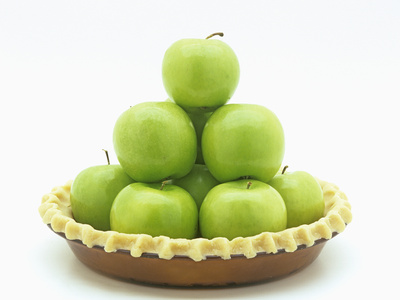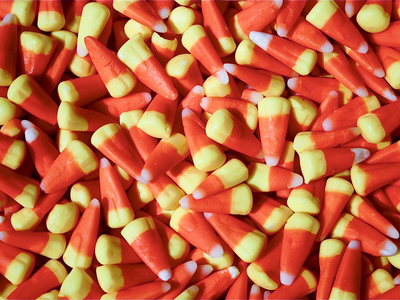Yes, it's been almost a year. Life happens. A lot happens.
There's a big problem with making your own pie crusts. But first, let's look at what pie crust actually is.
Pie crust is a mixture of fat and flour, moistened with liquid. But what kind of fat you use, how you mix it, what kind of liquid, and what temperature everything is, is critical to the success of your pie crust.
First off, let's start with the proportions. There should be equal parts fat and flour, and just enough liquid to make the pie crust moist enough to roll out.
Second, the kind of fat: I have found that the absolutely best pie crust is made with equal parts of lard and butter. (Come on, you knew pie wasn't good for you!)
Third, the kind of flour--yes, it does make a difference! Gluten is what makes a pie crust tough, so you want to use the lowest-gluten flour you can find. Pastry flour is the best, and for the tastiest and most attractive crust, you want unbleached pastry flour or whole wheat pastry flour.
Fourth, the temperature of everything should be ice-cold. Yes, I keep my pastry flour in the freezer if I need the absolute best pie crust.
And now we come to how you mix the fat and flour. The most reliable way I have found is with two knives. Place the fat(s) in the sifted flour, and cut through the fats with one knife in each hand. You want bits of fat the size of lentils. The flour will stick to the outside of the bits of fat. Continue until you have the entire bowl of flour and fat in the appropriate-sized pieces.
When it comes to adding the liquid, most people use water, but I have discovered that replacing some or all of the water with 80 proof alcohol works the best. You can use anything you have lying around that goes with the flavor of the pie you are going to make: rum for peaches; whisky for pecans; vodka for savory pies. This also should be ice-cold. Put the mix in the refrigerator for a few minutes to keep it cool.
Finally, let's talk about equipment. For a crisp crust, you want a dark or glass pie pan. A pastry board and rolling pin you can refrigerate is good, or you can use marble.
Dust your pastry board with at little flour as possible (I use a tablespoon and spread it out evenly with my hand, and use the leftover to dust the pin lightly). Marble pastry boards are wonderful because they always stay cool! I also have a marble rolling pin, but my mother uses a hollow glass pin that she fills with water and freezes.
Without touching the pie crust with your hands, dump it out on the pastry board and roll to 1/8-inch thickness. Put your pie pan on top of the crust on the pastry board, and invert the crust into the pie pan. Press down to make sure there is no air between the crust and the pie pan.
For perfect crimping, you can use an iced fork, or make a "v" with one thumb and forefinger, and use a knife handle to push the crust into the "v."
If you need the pie crust to bake first, without browning, put a piece of parchment paper over the whole shebang and weight it down with a few glass marbles or river stones.
As always, some experimentation is useful. I have a number of tins which make very tiny pies, and I use these for experiments until I get a desirable result, and then I bake a few more examples to perfect the recipe.
 |
| Granny Smith Apples in a Raw Pie Crust |
| Wally Eberhart |
|


